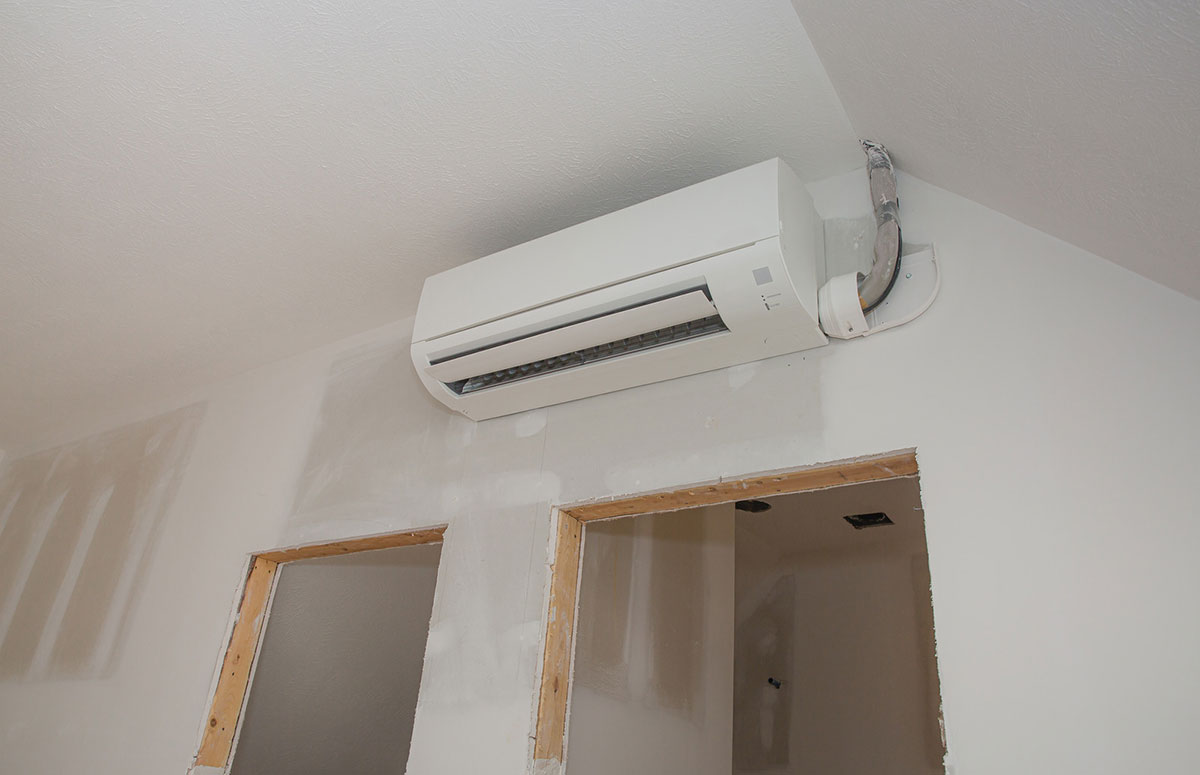“To understand the many ways minisplits are deployed in today’s homes, it helps to think somewhat separately about the outdoor and indoor units. Let’s start outside, where one outdoor unit can serve one or more indoor zones.
Single-zone minisplits have one outdoor unit connected to one indoor head, with one thermostat controlling a single thermostatic zone. These have two important advantages over multizone systems. First, single-zone systems modulate very well in partial-load conditions, giving them the highest operating efficiency, all other things being equal. Second, when multiple single-zone systems are used to heat and cool an entire house, each individual minisplit can be dialed in to the specific needs of its zone, be that a cool basement or a great room with a big array of sunny windows.
It’s hard to hide a “compressor farm” of outdoor units, however, so designers often turn to larger, multizone units, which can connect to multiple indoor units. Each indoor unit represents an individual thermostatic zone. The main downside here is a loss of efficiency, as the single outdoor unit tends to be oversize, and unable to modulate its output as well as multiple single-zone units would be.”
Get more information on mini-split systems here.
Many people associate wall-mounted units with ductless systems. However, new options are starting to emerge in the form of floor-mounted units. There are even a couple of ceiling-mounted options too. At first sight, homeowners may be off-put by such units visual appearance. However, as time passes they tend to blend into the background and don’t really detract from the aesthetics of the room.
If you’re interested in installing a mini-split system call Temperature Control Specialties at (317) 247-7663 to speak to a representative. You may also view our ductless systems page for more information.

